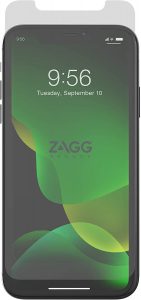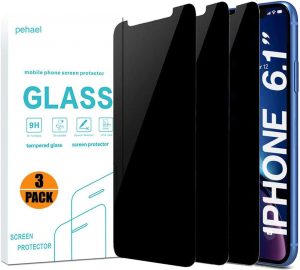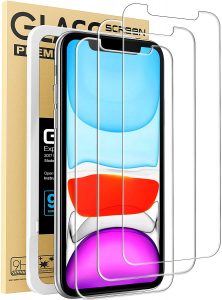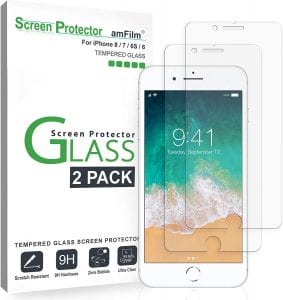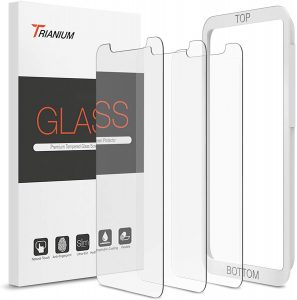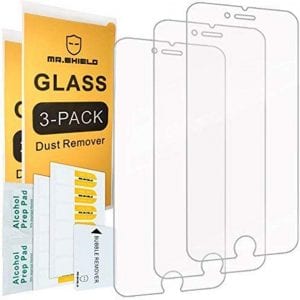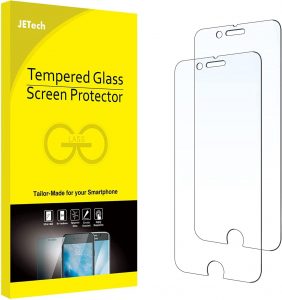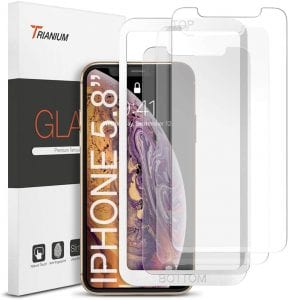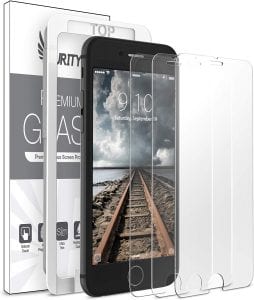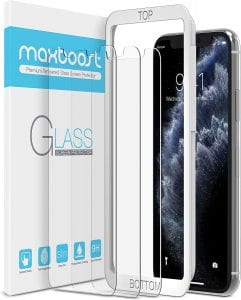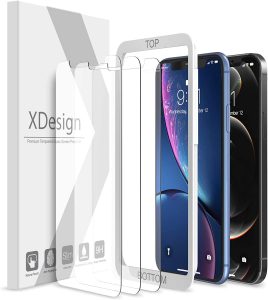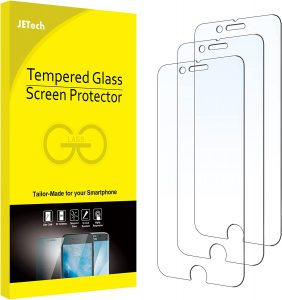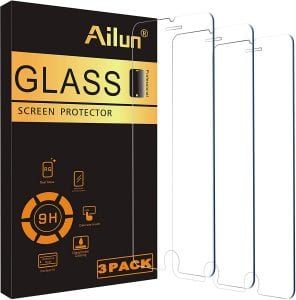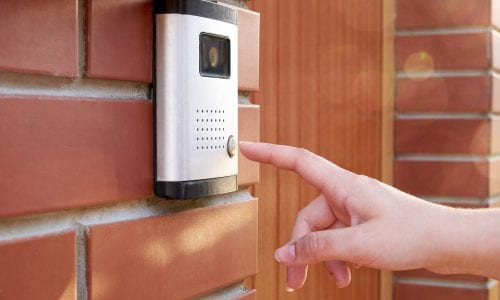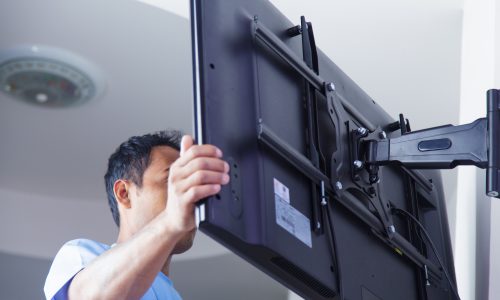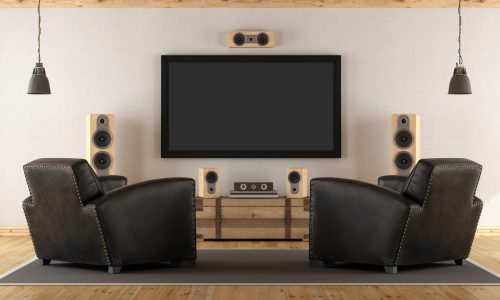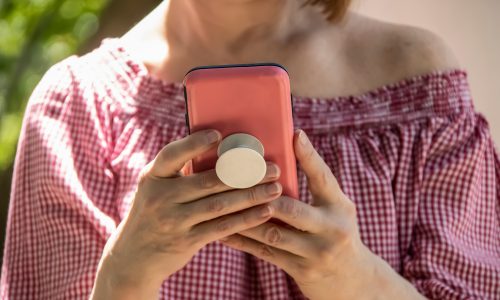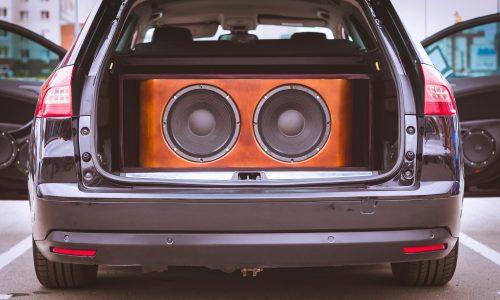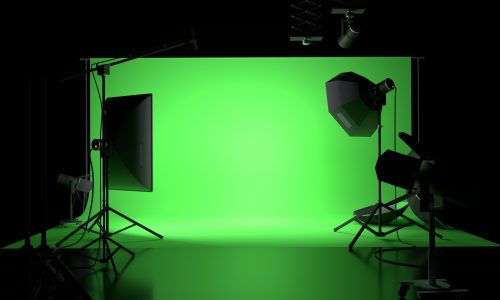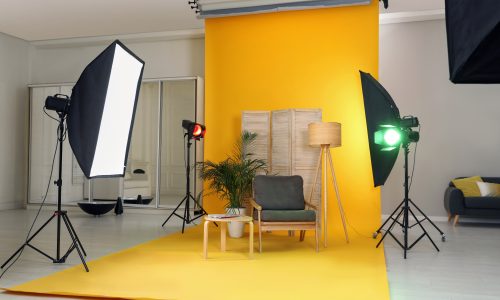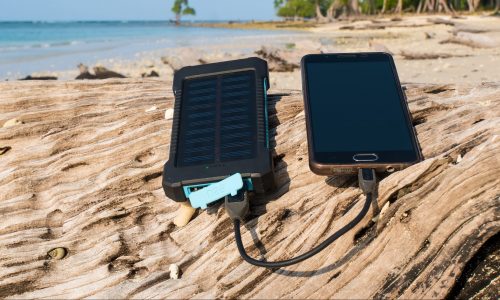The Best iPhone Screen Protector
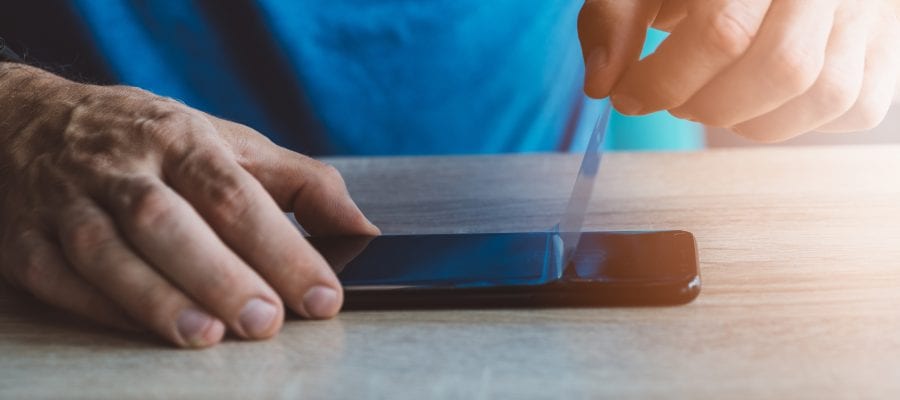
Our Review Process
Don't Waste Your Money is focused on helping you make the best purchasing decision. Our team of experts spends hundreds of hours analyzing, testing, and researching products so you don't have to. Learn more.
Our Picks For The Top iPhone Screen Protectors
- 1. ZAGG Custom Fit Smudge Resistant iPhone Screen Protector
- 2. Pehael Oil Resistant iPhone Screen Protectors, 3-Pack
- 3. Mkeke Touchscreen iPhone Screen Protectors, 3-Pack
- 4. amFilm Scratch Resistant iPhone Screen Protectors, 2-Pack
- 5. Trianium Scratch Proof iPhone Screen Protectors, 3-Pack
- 6. Mr.Shield Impact Protection iPhone Screen Protectors, 3-Pack
- 7. JETech Case Friendly iPhone Screen Protectors, 2-Pack
- 8. Trianium Transparent iPhone Screen Protectors, 3-Pack
- 9. Purity Anti-Fingerprint iPhone Screen Protectors, 3-Pack
- 10. Maxboost Tempered Glass Screen Protector, iPhone Xs & X
- 11. XDesign Transparent iPhone Screen Protectors, 3-Pack
- 12. JETech Tailor Made iPhone Screen Protectors, 3-Pack
- 13. Ailun High-Definition iPhone Screen Protectors, 3-Pack
Don't take chances with your phone. Grab this high-quality iPhone screen protector and keep your phone sheltered from accidental drops, scratches and fingerprint marks. The protector is constructed from a tempered glass, which is both easy to install and keep clean.
100% ClarityThis iPhone screen protector is made to be used with the iPhone 11.
This tempered glass iPhone screen protector has been upgraded to provide better impact protection. Each set comes with three protectors, all of which are scratch and smudge-resistant. In fact, they have a special coating which also protects them against oil and sweat.
Economical Price TagWhen shopping for a budget-friendly iPhone screen protector, check out this affordable model.
You won't have to worry about those annoying bubbles when you opt for this iPhone screen protector. It's made from a thin sheet of glass that rests right over your phone's screen. It won't affect the screen's touchpad sensitivity or the ability to watch videos unobstructed.
Ultra Thin DesignThis screen protector is compatible with the iPhone XR and the iPhone 11.
You won't have to worry about losing some of your screen quality with this screen protector, which preserves 99 percent of the clarity of the screen below it. You'll also get scratch resistance and even some protection against shattering if you should drop your phone. The glass is self-healing, so even if you accumulate a scratch or two, it won't l...
Most Transparent ProtectorScreen protectors can dull the screen's clarity, but this iPhone screen protector provides 99 percent HD clarity.
Buying Guide
If you’ve priced iPhones recently, you likely know how expensive they are. You can buy the insurance, but that will only help you if your phone suffers serious damage — or you lose it altogether. To protect against everyday wear like scratches and dings, a screen protector is a must.
Screen protectors have evolved considerably since their early days. Those initial versions were made of film, making them tough to apply and only providing marginal protection. Newer screen protectors are glass-based, providing a second layer of glass that preserves the brightness and clarity of your screen while maximizing protection. The best glass protectors can even hold your screen together if you drop your phone.
For best results, look for a screen protector that promises 9H hardness. This indicator means the glass rates a 9 on the Mohs hardness scale. The scale only goes to 10, so this is a confidence-boosting rating. Some screen protectors also advertise that they use self-healing glass, meaning that if you do manage to scratch them up, those scratches will eventually fade.
While shopping for a new screen protector, don’t forget to check compatibility. Your own protector won’t help much if it isn’t properly sized to fit your screen. For iPhones, you’ll find many work with older iPhones 8, 7, 6S and 6. If you have an X or Xs, though, you’ll need to look for a screen protector specific to those models.
One issue that draws complaints about screen protectors is that they don’t extend all the way to the edge. There are two major reasons for that. One is that at the edge, the protector could be more susceptible to wear over time, causing the edges to begin to curl up. But perhaps the biggest reason is that manufacturers assume you’ll be using a case in addition to the protector. They need to make room for your case to cover at least a small portion of the edge of the front of your screen, so the protector stops before a case would typically begin.
What to Look For
- As important as it is to protect your screen, you won’t want it to get in the way of the experience of interacting with your screen. Look for a protector that offers 99.9 percent transparency and high responsiveness. Many glass screen protectors include oleophobic coating, which makes your protector feel very similar to the screen below it.
- Older screen protectors also made installation difficult. You had to be very careful while you were applying or you’d end up with unsightly air bubbles. Although it’s still important to make sure your screen is squeaky clean and clear of debris before you attach your screen protector, glass protectors are much more forgiving. You’ll probably also find your protector includes installation tools like a cloth and a guide.
- When it comes down to it, though, the true test of a screen protector is whether or not it actually works. When an iPhone protector’s glass features 9H hardness, you usually won’t have to worry about scratches for the most part. However, if you drop your phone, the screen can still crack. In some cases, though, the glass will keep your screen completely intact during a drop and, if not, will at the very least hold the screen in place until you can get it replaced.
- Another consideration when looking at screen protectors is how well they reduce smudges and fingerprints. Many glass-based screen protectors have an oleophobic coating that keeps your screen looking clean throughout the day.
- Extremely thick screen protectors make it obvious you have one in place. Look for an ultra-slim screen protector — ideally one that is 0.3mm thick or less. You’ll not only get a more seamless look, but it’s also more likely to be responsive to your taps.
- Most screen protectors are fairly affordable but consider what you’re getting in the package. While you may only need one screen protector to last the entire time you own your phone, having an extra in the package means if you have a misstep when you’re installing it, you’ll have a backup.
More to Explore
There is a common misconception that modern iPhones don’t need screen protectors due to the strength of the glass. While today’s screens are definitely more scratch-resistant than previous generations, they still can scratch, particularly when exposed to particles with hard minerals like sand or quartz. In tests, users rated iPhone glass between a 6 and 7 on the Mohs hardness scale. Compare this to the 9 many glass screen protectors are rated. The iPhone’s glass can also crack when dropped a certain way. Having a screen protector will add an extra layer of protection against that, but it will also hold the pieces in place if your screen does crack or splinter.

